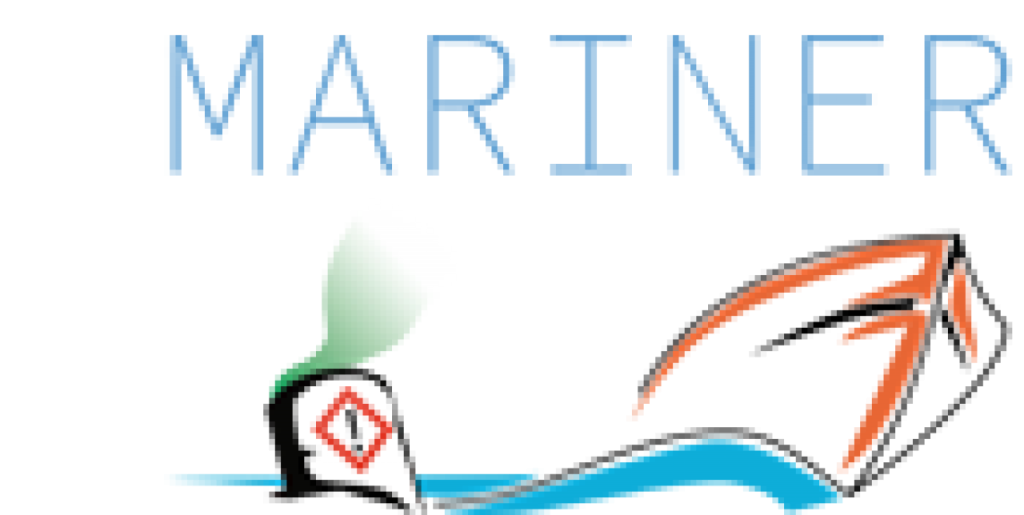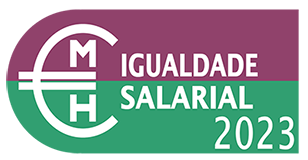

Group Leader
Miguel Santos é professor do Departamento de Biologia da Faculdade de Ciências da Universidade do Porto e líder da Equipa de Desreguladores Endócrinos e Contaminantes Emergentes do CIIMAR. Doutorou-se em 2002 em Biologia pela FCUP-Universidade do Porto com orientação conjunta no Instituto Holandês de Investigação do Mar (NIOZ). Os seus interesses de investigação centram-se na avaliação dos perigos de produtos químicos desreguladores endócrinos e outros contaminantes prioritários e emergentes.
EQUIPAS DE INVESTIGAÇÃO:
Disruptores Endócrinos e Contaminantes Emergentes






